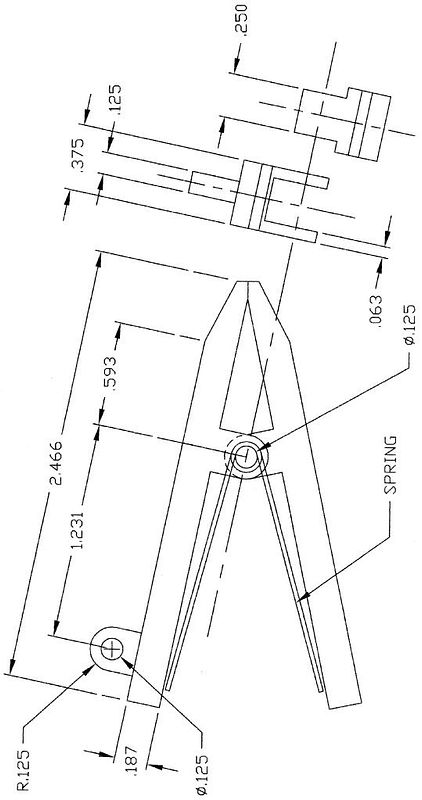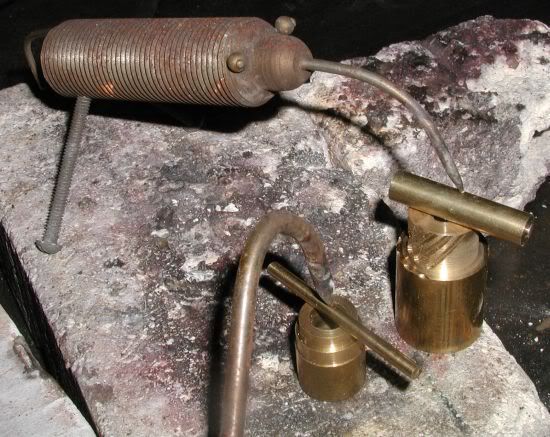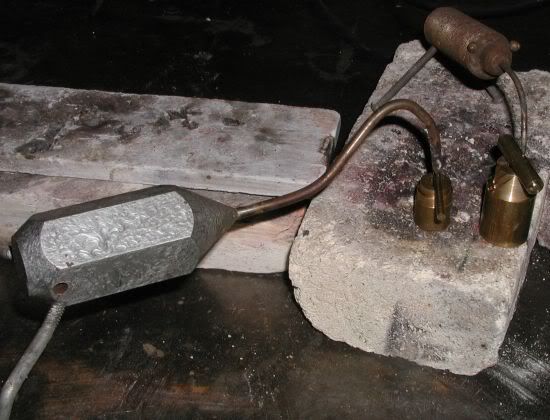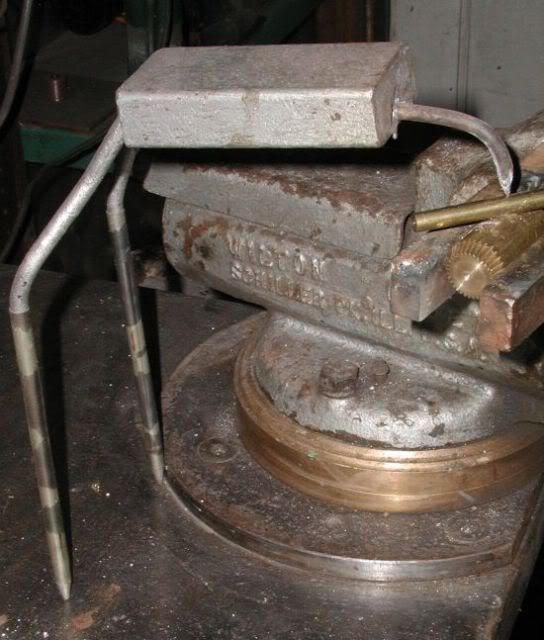arnoldb
Well-Known Member
- Joined
- Apr 8, 2009
- Messages
- 1,792
- Reaction score
- 12
I have NEVER used silver solder before (my experience runs to many lead-soldered cable connectors and meager arc-welding and gas brazing). Also, I've done some checking on other threads regarding silver-soldering and found a lot of answers, before I even needed to ask a question - Thanks everyone!!
Today I made an "investment" in 10 Easyflow 40 silver solder rods and the appropriate Easyflow powdered flux.
The "investment" is worth a LOT more than I've spent on materials over the last couple of years, so I am not keen on wasting any of it on trial-and-error tests, so I would appreciate some feedback on the following (and any additional feedback anybody might feel worth-while repeating )
)
For fluxing my research came up with:
Now for question no 1: Does this mean that if I want to solder 2 pieces together, I must apply the flux to the outside of the male (or inside of the female) part over the <entire> section that must be joined <before> joining the parts, or should the joint be made and then flux applied in the corner(s) made by the parts <after> joined?
Question 2: The quote also states some detergent should be added to the flux when mixing - any suggestions on <how much> of <what> detergent, if really needed?
Many Thanks, Arnold
Today I made an "investment" in 10 Easyflow 40 silver solder rods and the appropriate Easyflow powdered flux.
The "investment" is worth a LOT more than I've spent on materials over the last couple of years, so I am not keen on wasting any of it on trial-and-error tests, so I would appreciate some feedback on the following (and any additional feedback anybody might feel worth-while repeating
For fluxing my research came up with:
FLUX APPLICATION:- flux is best mixed with water and a drop of detergent to a creamy consistency and applied by brush to joints during assembly prior to soldering. Too much flux will rarely hurt but...
Now for question no 1: Does this mean that if I want to solder 2 pieces together, I must apply the flux to the outside of the male (or inside of the female) part over the <entire> section that must be joined <before> joining the parts, or should the joint be made and then flux applied in the corner(s) made by the parts <after> joined?
Question 2: The quote also states some detergent should be added to the flux when mixing - any suggestions on <how much> of <what> detergent, if really needed?
Many Thanks, Arnold









